The Salton Sea, California’s largest inland lake, presents a significant environmental crisis. Located near popular destinations like Palm Springs, this lake epitomizes a complex ecological disaster.
For years, it has captured public attention not only for its size but also for the looming threats it poses to the surrounding areas and the state’s environmental stability.
The Dual Nature of the Salton Sea
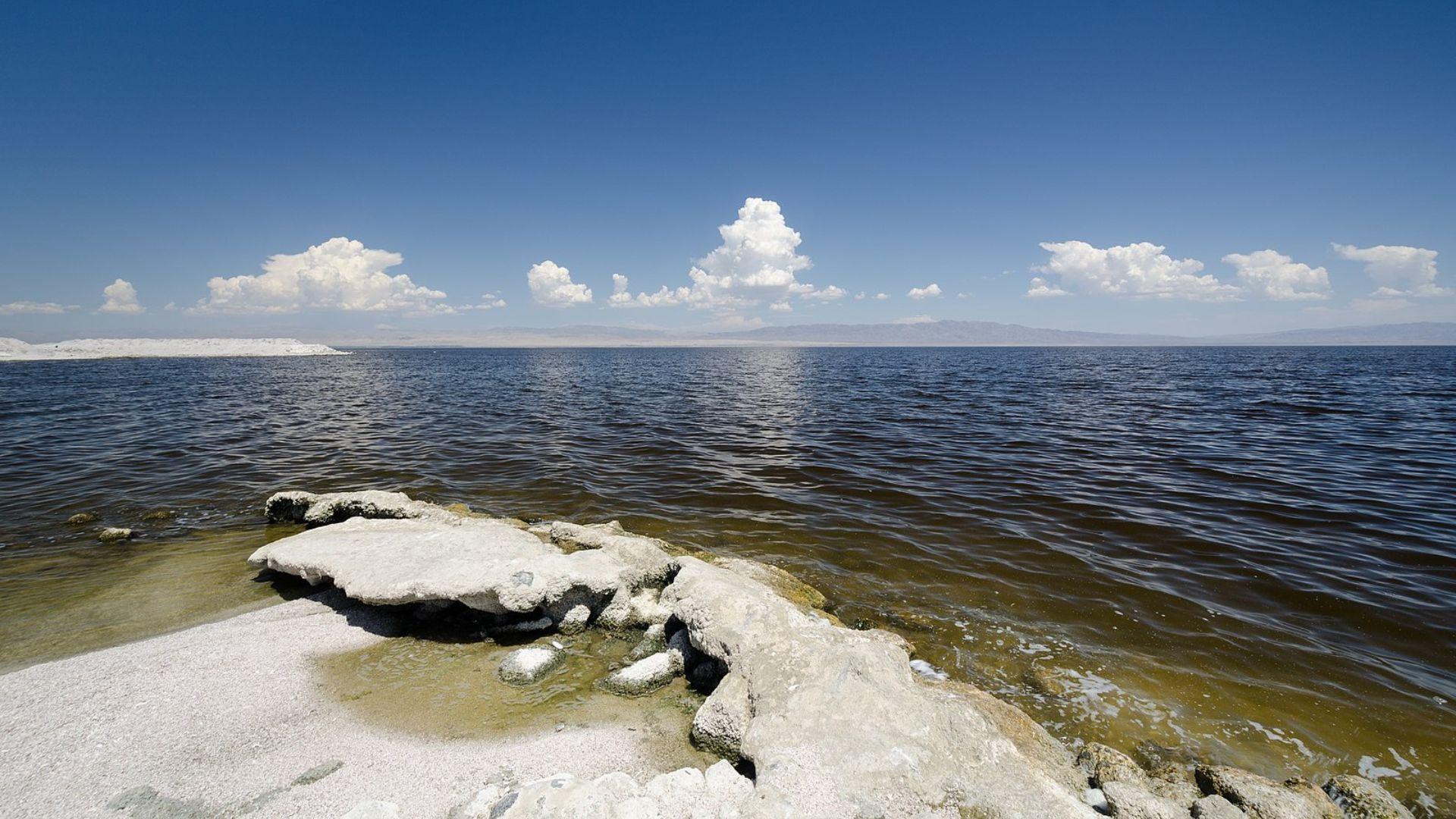
The Salton Sea is a unique ecological entity, serving as both a crucial habitat for endangered species and a basin for agricultural runoff.
This juxtaposition has led to severe environmental issues, contributing to some of the worst air quality in the United States. The lake’s deteriorating condition is not only an ecological concern but also a public health issue, as evidenced by high asthma rates in nearby communities.
Wildlife and Water Quality: A Delicate Balance

At the Salton Sea, environmental challenges manifest in various forms. The lake is home to the desert pupfish, a species resilient to extreme conditions, yet its survival is threatened by the lake’s declining health.
The sea’s hypersaline waters, coupled with eutrophication, a process that leads to so much plant overgrowth, pose significant risks to the aquatic ecosystem, highlighting the delicate balance between maintaining biodiversity and addressing environmental degradation.
Air Quality and Health Concerns

The Salton Sea’s impact extends beyond its shores, particularly affecting air quality in the region. Studies show a direct correlation between the sea’s receding shoreline and rising asthma cases among children in nearby areas.
This public health concern is exacerbated by the toxic dust particles emitted from the lake, containing harmful substances like arsenic, selenium, and pesticides.
The Environmental and Economic Risks
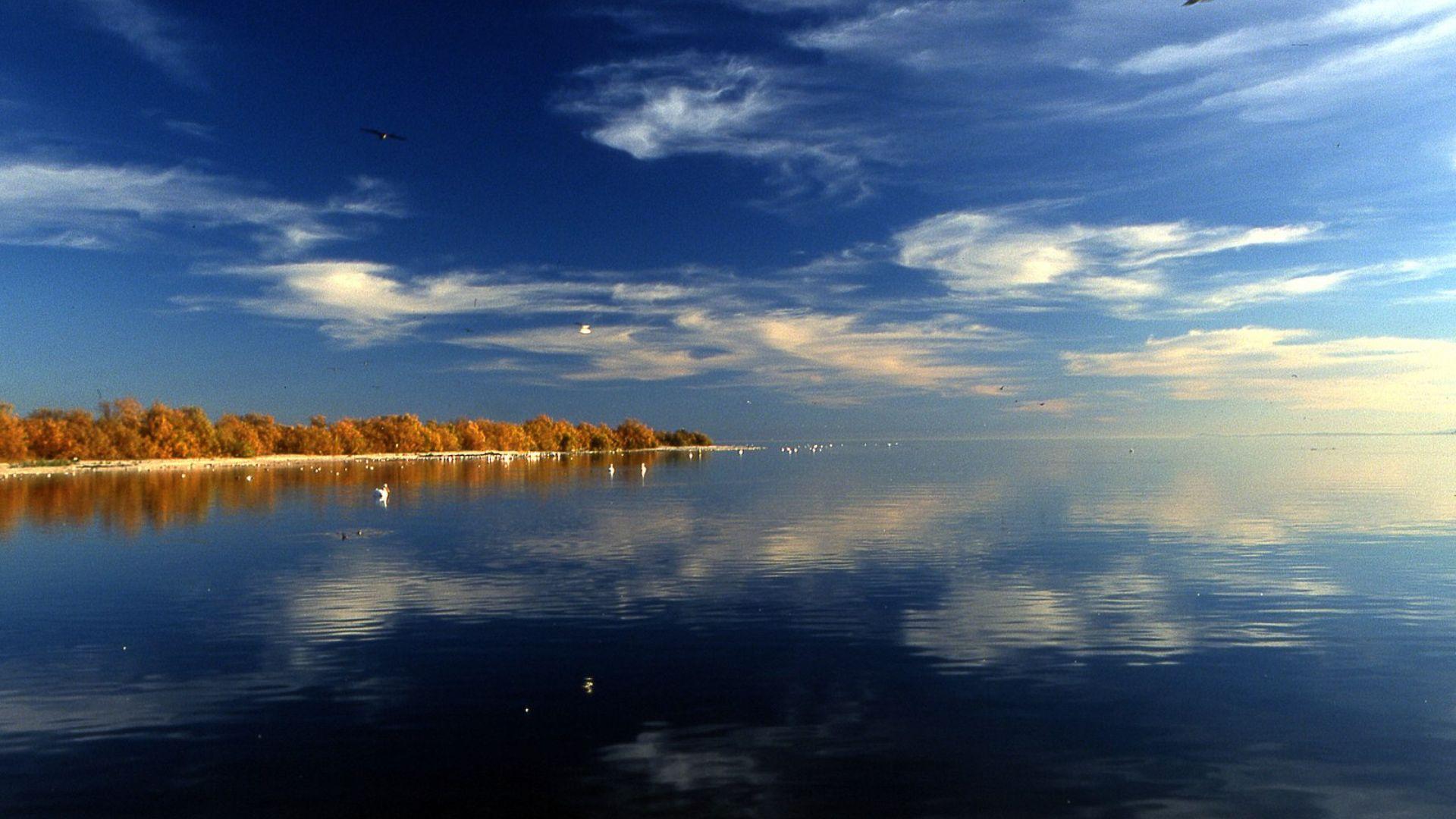
The Salton Sea Authority, which includes Imperial Irrigation District officials and council members from the nation of the Torres Martinez Desert Cahuilla Indians, have expressed grave concerns about the future if no action is taken.
They warn that without intervention, “the agriculture of the Coachella and Imperial Valleys will be ruined and the economy … will become nonexistent.”
Federal Intervention and Restoration Efforts

In response to the escalating crisis, the federal government, under the Biden-Harris administration, has allocated $70 million toward the Salton Sea’s restoration.
This funding is part of a broader initiative to address the ecological challenges faced by the lake, aiming to mitigate the disaster before it worsens further.
Expert Skepticism on the Restoration Plan
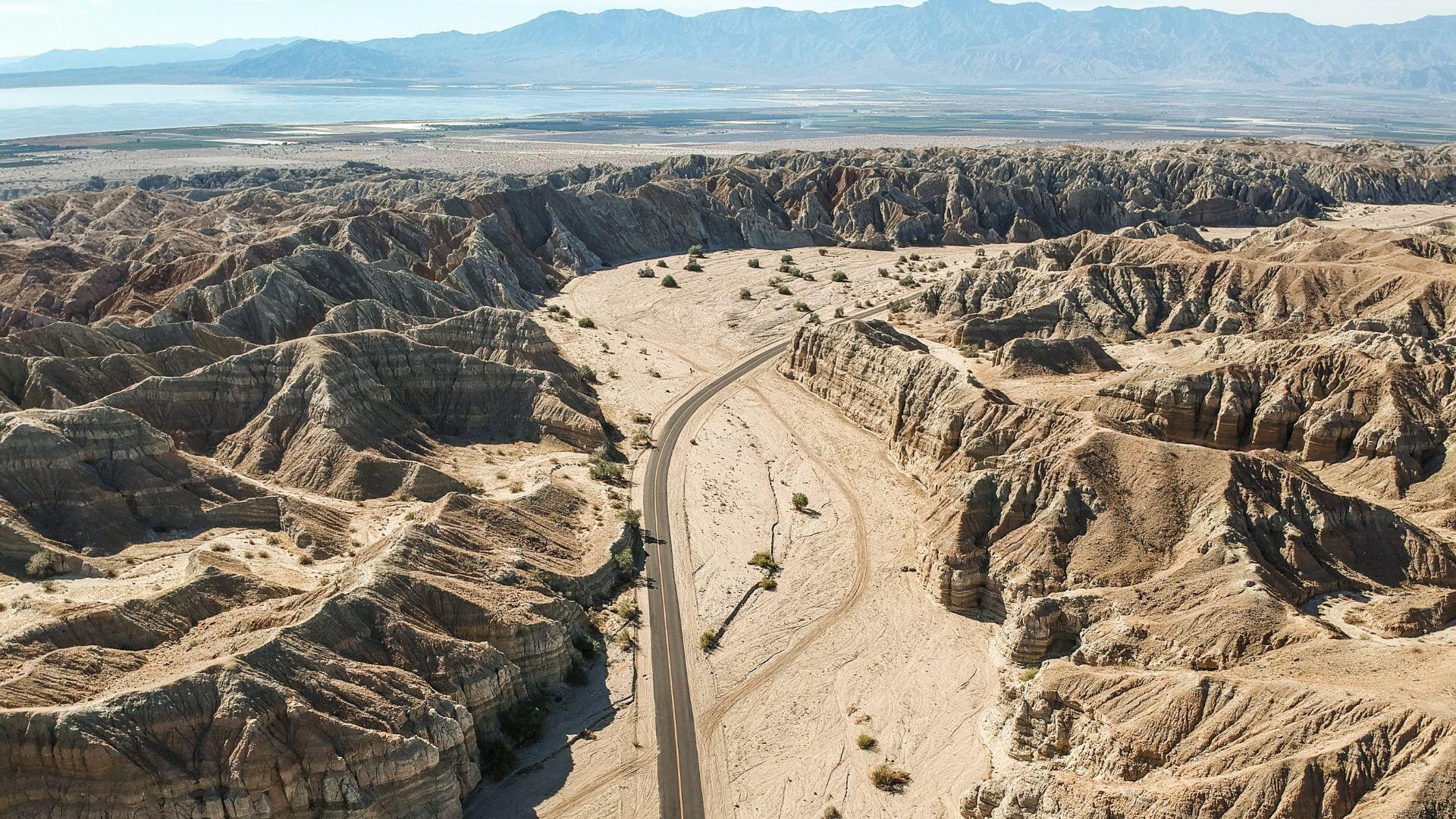
Despite these efforts, experts remain skeptical about the effectiveness of the intervention.
They highlight the uncertainty surrounding these restoration efforts, questioning whether they will indeed lead to the desired outcomes.
Bureaucratic Challenges and Mismanagement

Reports from UC Riverside have pointed out significant bureaucratic challenges in managing the Salton Sea’s restoration.
They cite “mismanagement and competition” between various agencies, which have led to delays and inefficiencies in addressing the lake’s environmental problems.
The Human Aspect of the Crisis

The Salton Sea crisis is not just an ecological issue but also a human one. David Lo, a professor at UCR, in a conversation with SFGATE, emphasizes the impact on local communities, particularly those living near the lake.
He highlights the pressing need to address not only the environmental aspects but also the human health concerns arising from the crisis.
A Global Trend of Shrinking Lakes
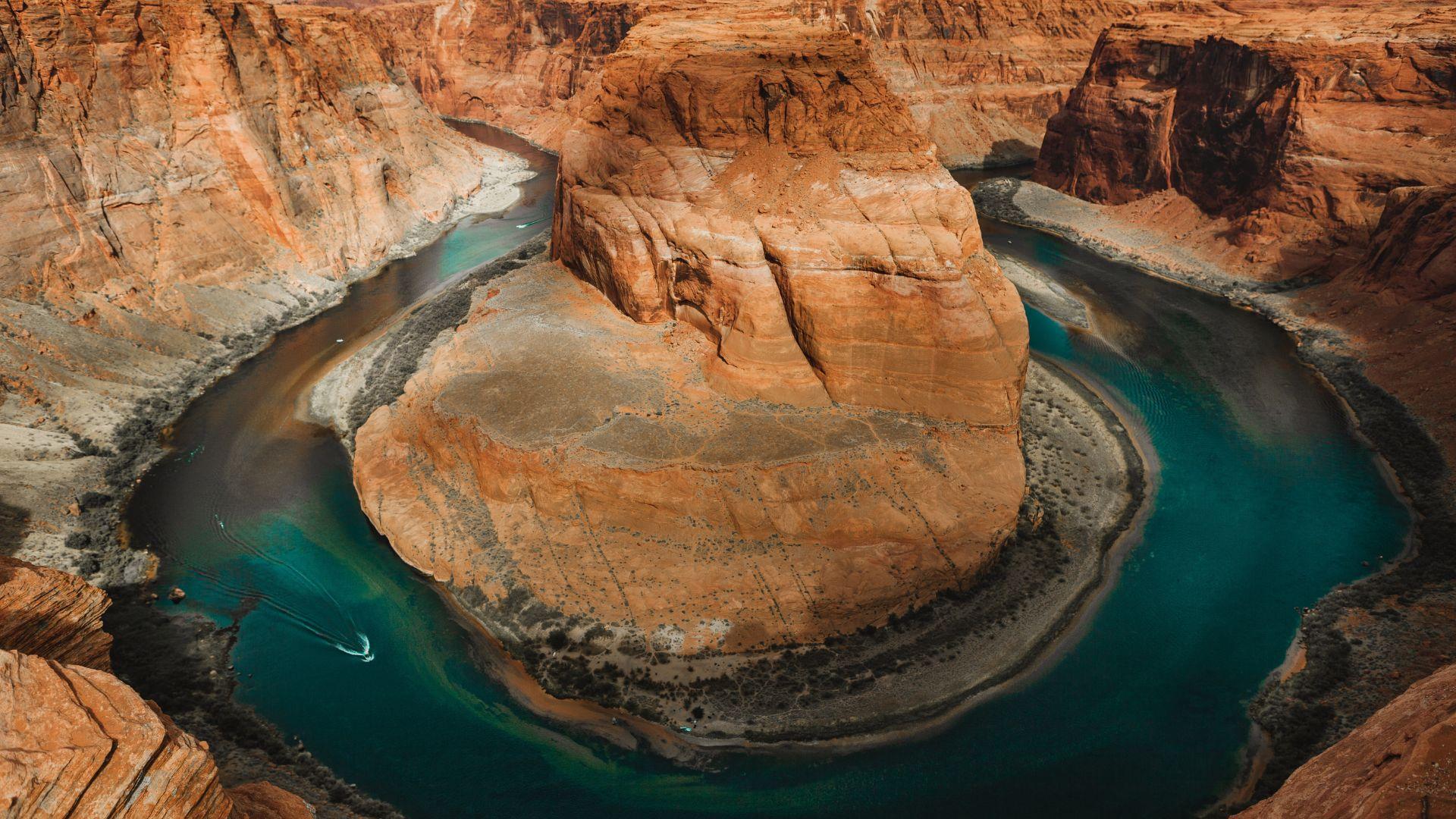
The situation at the Salton Sea is reflective of a larger global issue of shrinking lakes, exacerbated by climate change and water diversion.
In a 2022 article, the University of California Riverside wrote that terminal lakes are shrinking all over the world due to global warming and water diversion — the Colorado River Basin drought has been affecting lakes across the southwest. The Salton Sea serves as a critical case study in understanding and responding to these widespread environmental challenges.
Regional Efforts and Broader Implications

In light of the Salton Sea’s deteriorating condition, California, Nevada, and Arizona have undertaken efforts to conserve water, aiming to avert an ecological crisis.
The federal funding allocated to the Salton Sea is a part of these broader efforts, reflecting the urgent need to address environmental issues that have far-reaching implications.
The Uncertain Future of the Salton Sea
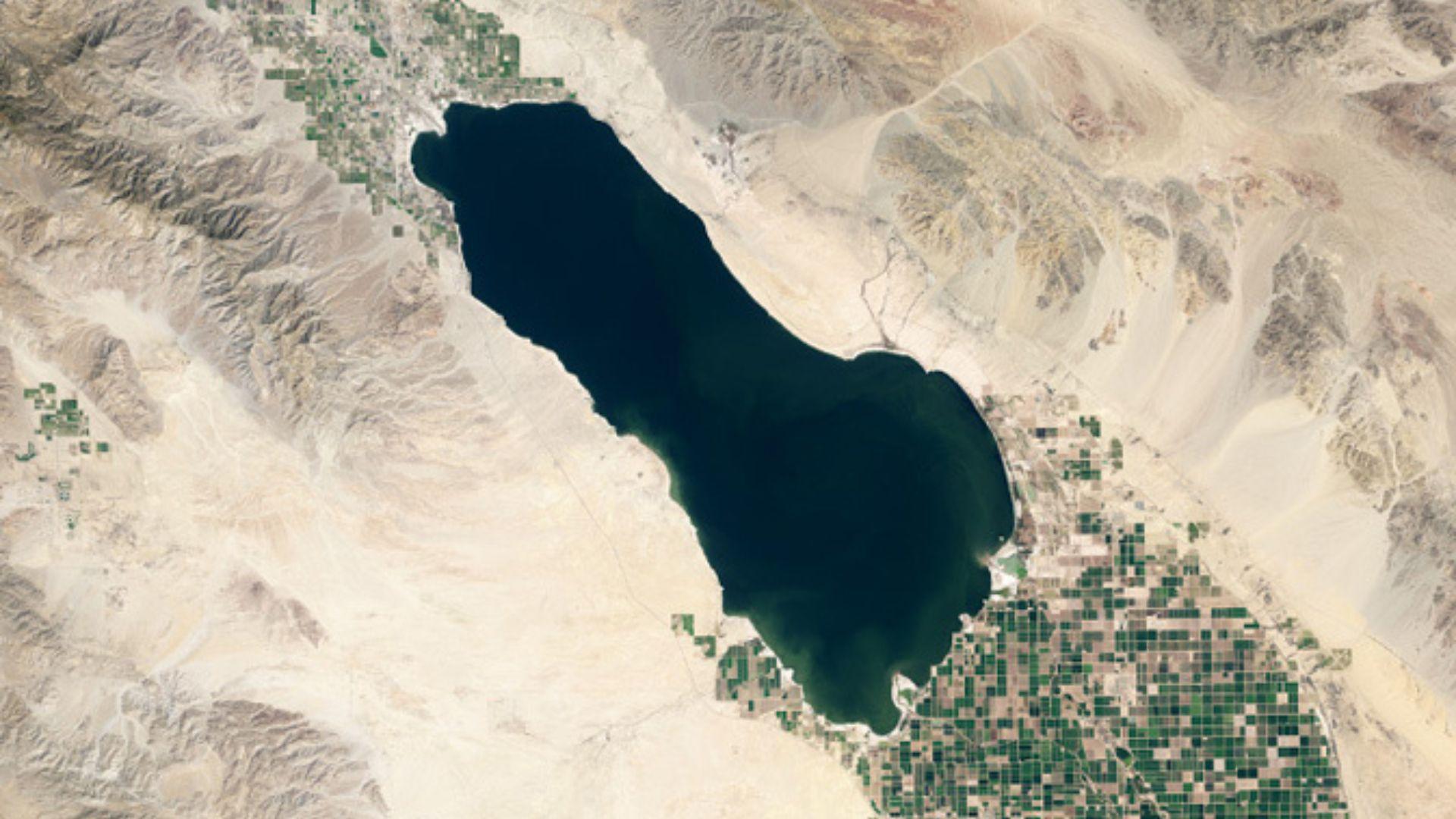
Despite ongoing efforts, the future of the Salton Sea remains uncertain. Speaking to SFGATE, David Lo stresses the importance of collaboration and research in finding solutions, saying, “The question is going to be: Are people going to talk to each other and do the research and come to some kind of consensus of like, what needs to be done?”
The fate of the Salton Sea continues to be a critical concern for environmentalists, policymakers, and local communities alike.
